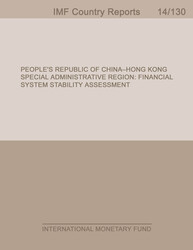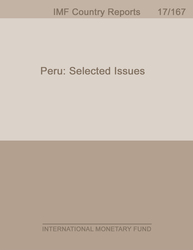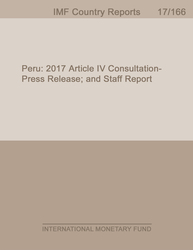
People’s Republic of China––Hong Kong Special Administrative Region: Financial System Stability Assessment
EXECUTIVE SUMMARYHong Kong SAR's (HKSAR) financial sector is one of the largest and most developed in the world, ranking number one in the World Economic Forum Financial Development Index. The banking system, with assets of US$2 trillion and equivalent to 705 percent of GDP, is highly capitalized, profitable, and liquid. The securities markets are deep, liquid, and efficient, with total stock market capitalization of 1,000 percent of GDP. The insurance sector has high penetration (now ranked the second in Asia after Japan), and is well capitalized.The sector is very well regulated, with the capacity to withstand a diversity of shocks. While the financial sector faced significant stress during the early stages of the 2008 global financial crisis, market confidence recovered quickly, aided by the decisive measures adopted by the Hong Kong authorities to mitigate its impact.The sector, however, faces major risks, which puts a significant premium on effective liquidity management, macroprudential oversight and microprudential supervision. The anticipated exit from unconventional monetary policy in the United States could increase capital market volatility and reduce system-wide liquidity. A correction of property prices, which now stand at historical highs, poses risks for both borrowers and banks. The increasing economic and financial integration between HKSAR and Mainland China offers considerable expansion opportunities, but, at the same time, generates significant spillover risks, especially if a significant financial disruption or economic slowdown were experienced.Stress tests suggest that banks are well positioned to absorb a significant realization of risks. Banks' aggregate capitalization would remain well above the Basel III's minimum capital requirement, and the banking sector (including foreign branches) has sufficient liquidity to withstand large deposit and wholesale funding withdrawals. At the same time, the tests highlight that a few smaller banks might be slightly more vulnerable under a severe economic scenario, and, reflecting the nature of their businesses, foreign branches are relatively more sensitive to withdrawals of wholesale funding. This underscores the need for continued vigilance in these areas.The authorities have actively deployed macroprudential policies to mitigate systemic risks. In particular, in the face of a doubling of house prices, the Hong Kong Monetary Authority (HKMA) introduced tighter limits on loan-to-value (LTV) and debt-servicing (DSR) ratios. Going forward, it will be important that the authorities strengthen their capacity for systemic risk analysis at both the Securities and Futures Commission (SFC) and Insurance Authority (IA) to complement the analysis undertaken by the HKMA. This would help ensure that cross-sectoral interconnections areadequately captured when considering systemic risks.
Publication date: May 2014
ISBN: 9781498313216
$18.00
Add to Cart by clicking price of the language and format you'd like to purchase
Available Languages and Formats
| English |
Prices in red indicate formats that are not yet available but are forthcoming.
Topics covered in this book
This title contains information about the following subjects.
Click on a subject if you would like to see other titles with the same subjects.
Money and Monetary Policy , International - Economics , Public Policy ,
Also of interest
Summary
Copyright © 2010 - 2024
Powered by:
AIDC



